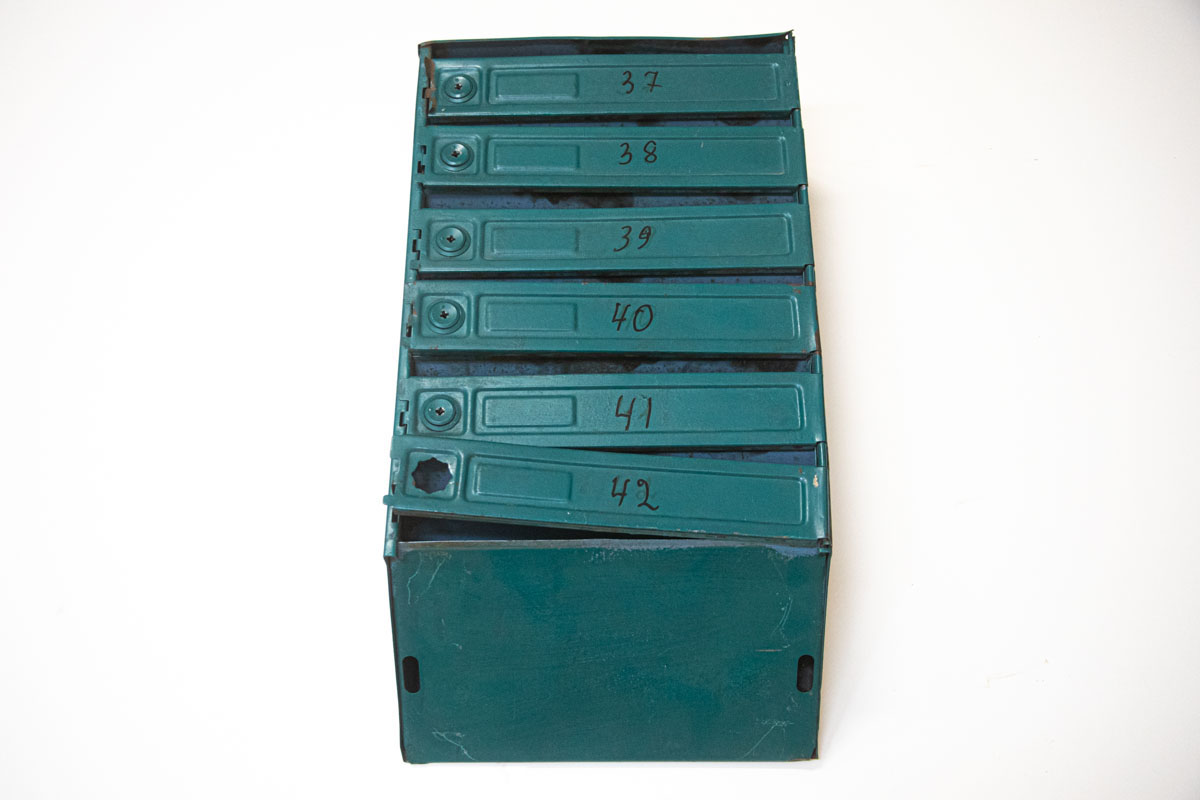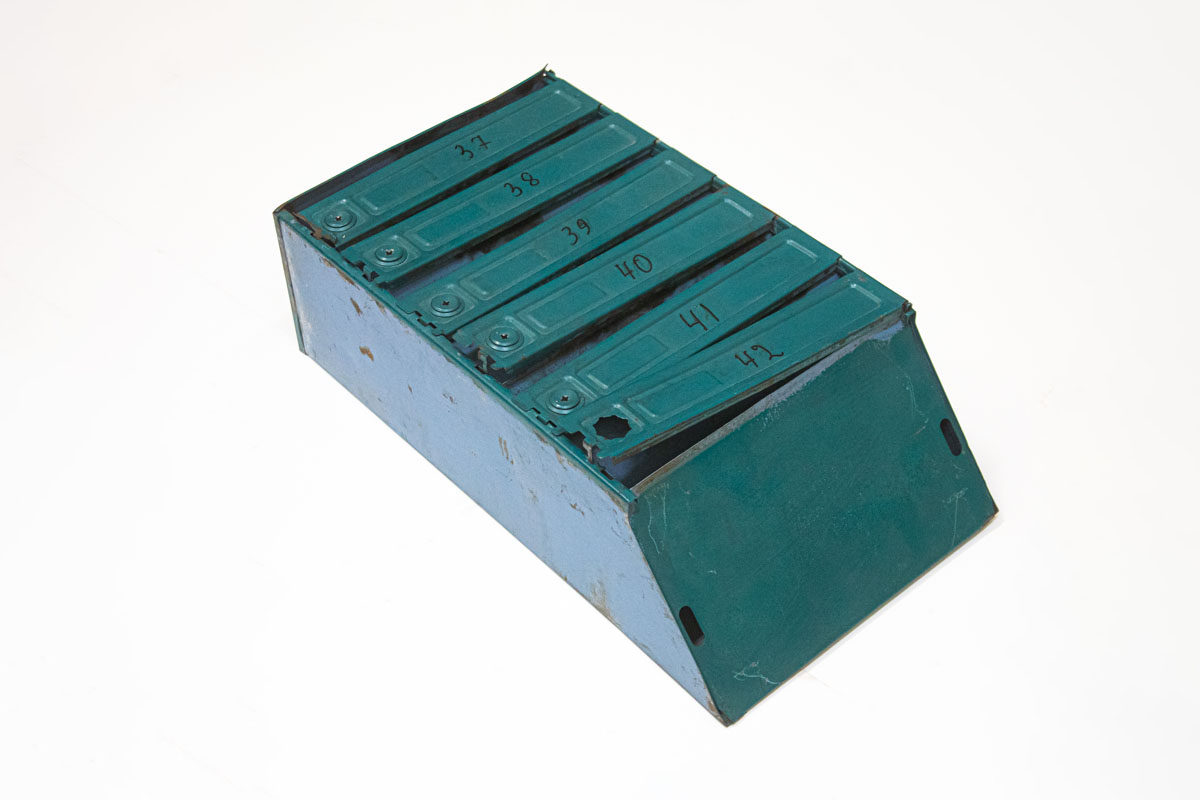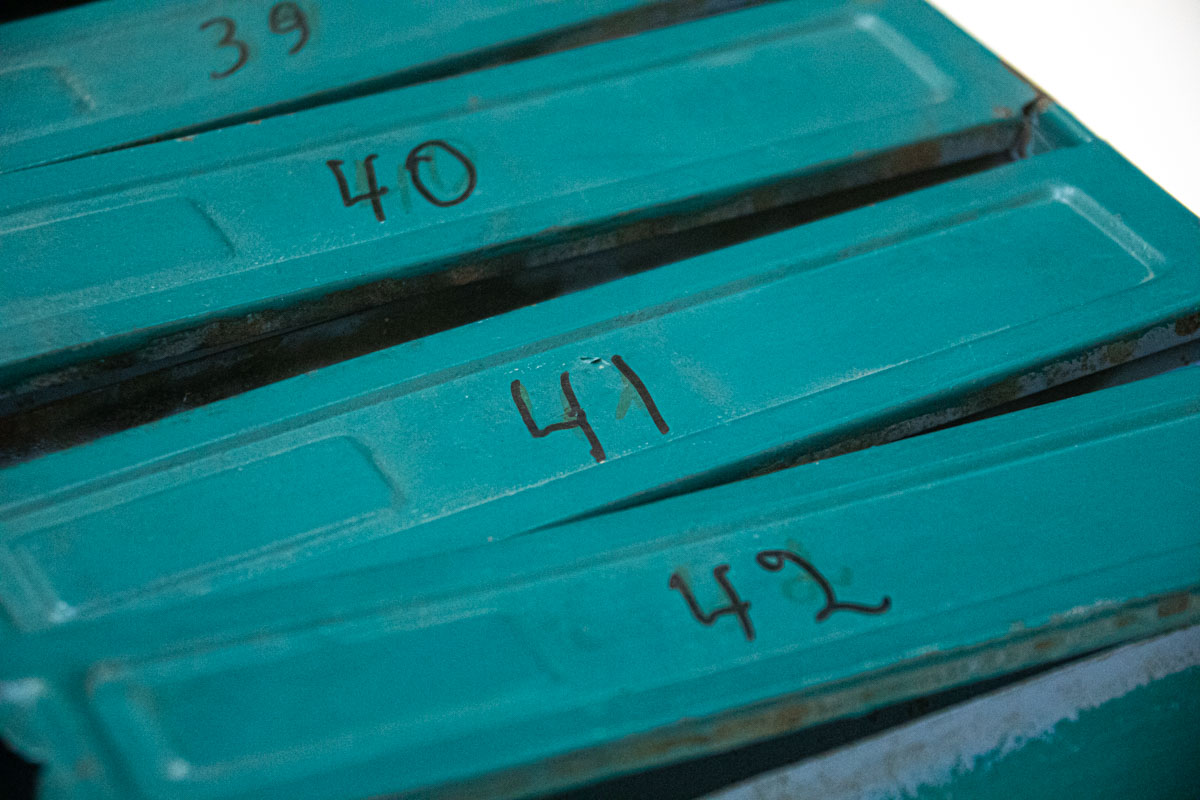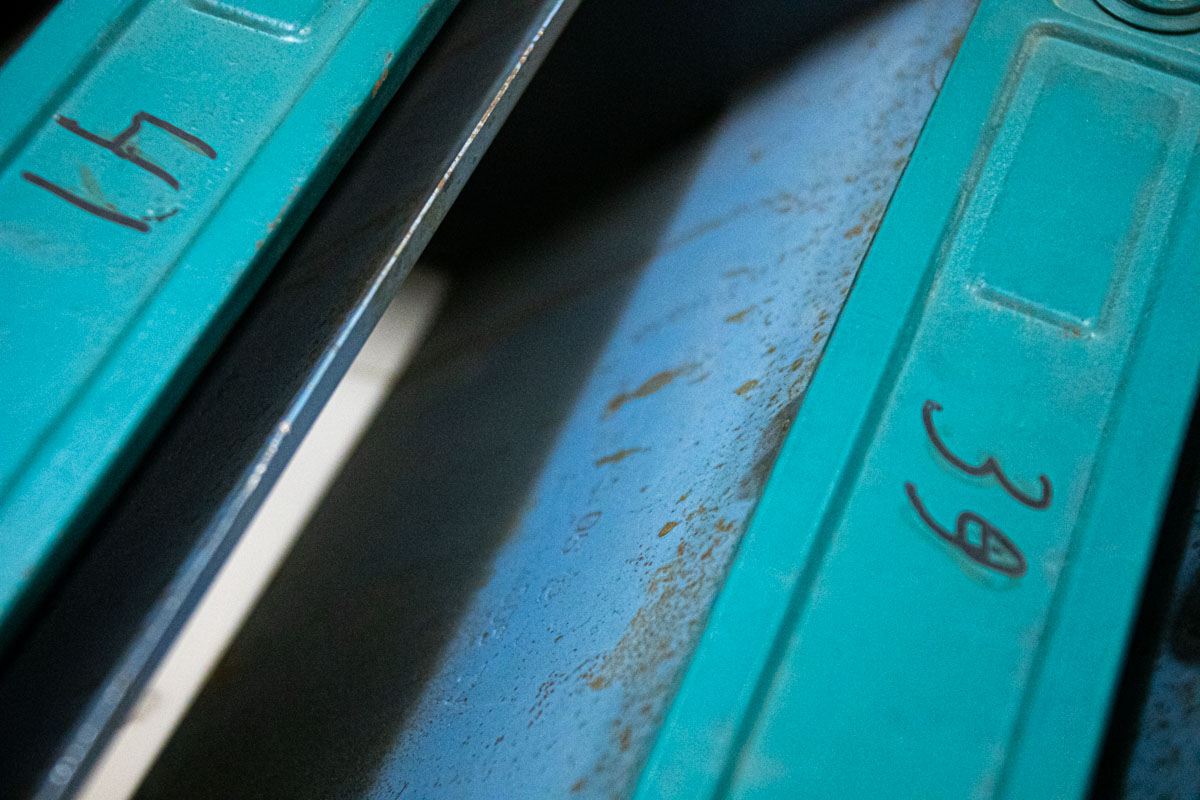One of the new forms of museum work under conditions of Russia’s full-scale aggression has become real-time documentation of events — as they say, “hot on the trail” — in order not only to speak about the war now, but also to tell the world about the crimes of the invaders through authentic artifacts.
One of the silent acts of terror carried out by Russia took place during the night of April 28, 2023, when Tu-95 bombers launched more than 20 Kh-101 and Kh-555 missiles from the Caspian Sea region. Most of the aerial targets were shot down, but one struck a nine-story apartment building on 25 Zakhysnykiv Street in Uman. The strike completely destroyed one entrance of the building; 23 residents were killed, including six children. Another 18 people were injured. Surrounding residential buildings suffered significant damage.
The next day, a group of museum specialists arrived at the site to carefully document the aftermath of the criminal Russian strike. The result of this urgent museum expedition to Uman included recorded eyewitness testimonies and numerous artifacts carrying painful and tragic stories. Among the most striking is a sectional mailbox that miraculously survived the destruction of the entrance. It bears the numbers of six apartments — from 37 to 42. The museum staff were able to identify some of the victims who lived in this part of the building.
In apartment No. 37 lived 11-year-old Sofiia Shulha and 17-year-old Kyrylo Pysariev, together with their parents. Their families had moved to Uman from Luhansk region after fighting broke out in eastern Ukraine, where Sofiia’s father and older brother had been killed during a Russian shelling. In this quiet town in Cherkasy region, Sofiia’s and Kyrylo’s parents met, married, and had a child together. During the strike, three family members survived. But the irreparable happened — Sofiia and Kyrylo were killed.
The Russian missile also claimed the lives of all the residents of apartment No. 41 — 16-year-old Oleksii, 8-year-old Alina Lysakiv, their mother, grandmother, and aunt.
The owners of the apartments whose numbers remain on the mailbox will never again cross the threshold of their homes. This seemingly ordinary object now deeply embodies the daily terror inflicted by Russia upon Ukraine’s civilian population — both peaceful residents and those who defend them.



